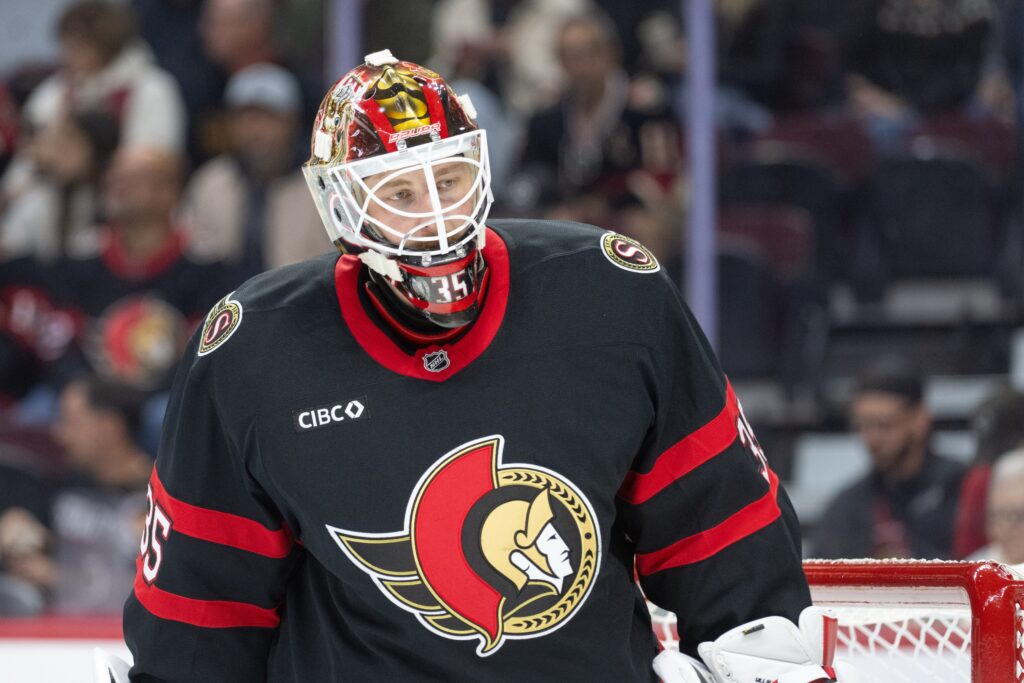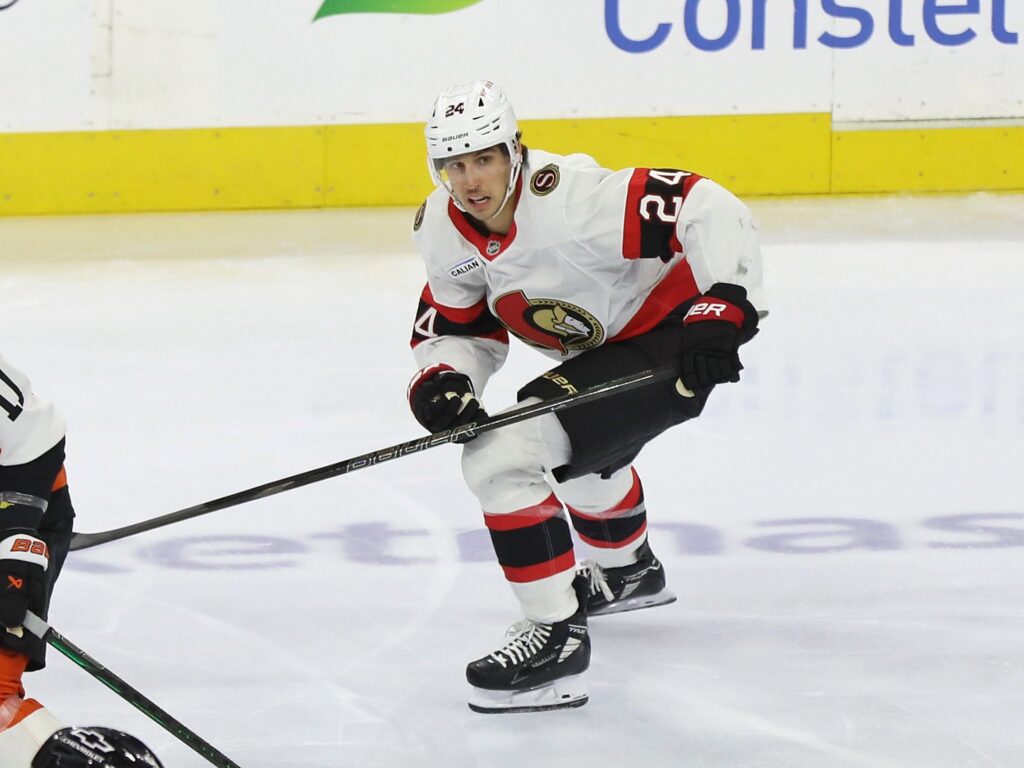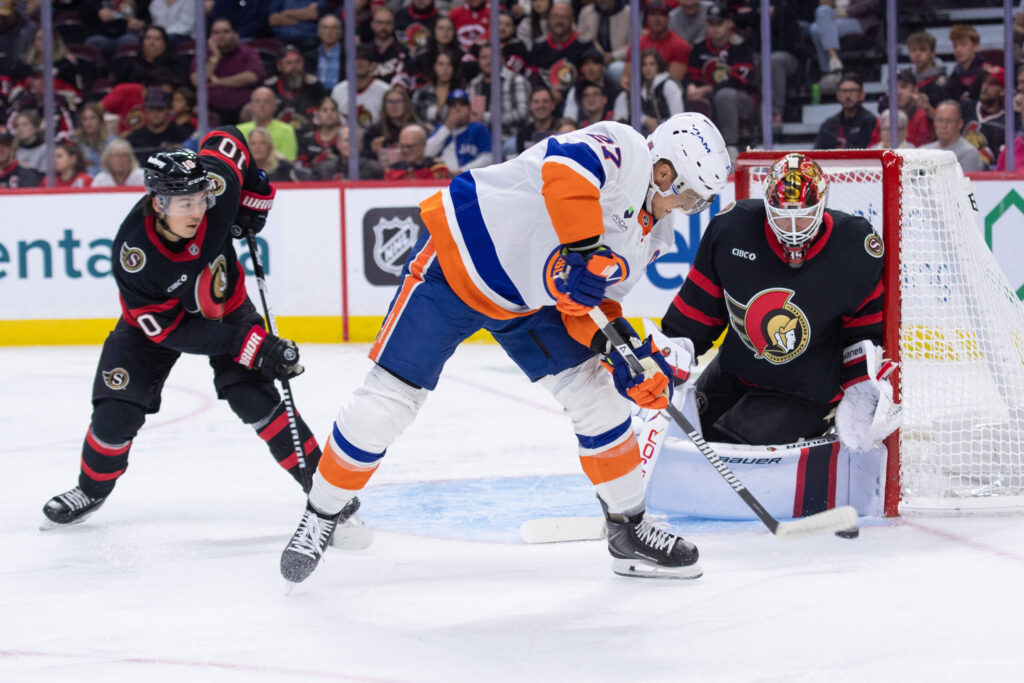Six games into the 2025-26 NHL season, a familiar and unwelcome sense of anxiety is settling over the Ottawa Senators fan base. A 2-4-0 record doesn’t typically warrant widespread panic, yet the nature of the Senators’ losses, coupled with the ghosts of seasons past, has the hockey world once again scrutinizing every aspect of this perpetually promising team. The digital town squares are already ablaze with calls for firings, blockbuster trades, and a complete overhaul between the pipes.
While it is far too early to declare the season a write-off, it would be disingenuous to dismiss the concerns as mere overreaction. The team’s first six contests have exposed critical, recurring flaws that threaten to derail their ambitions before they truly begin. Compounding these issues is the devastating news that captain Brady Tkachuk will be sidelined for six to eight weeks. Yet, beneath the surface of a porous penalty kill and shaky goaltending, advanced metrics suggest a competent team is fighting to get out. The question is whether they can fix the leaks before the ship takes on too much water.
The Blazing Fire in the Crease
The most glaring and immediate problem resides in the Ottawa crease. Through six games, the Senators have surrendered an NHL-high 30 goals. They have allowed four or more goals in five of those contests, including a six-goal drubbing by Florida and a humiliating 8-4 capitulation to the Buffalo Sabres. No team can sustain success with goaltending that volatile.
Linus Ullmark, the presumed number one, has had a brutal start to his campaign. His current numbers, a 3.99 goals-against average (GAA) and an .848 save percentage (SV%), are well below the standard expected of a starting goaltender.

The more significant cause for concern may be the performance of backup Leevi Merilainen. In his lone start against Buffalo, he was shelled for seven goals on just 30 shots, finishing the night with a dreadful .731 SV%. Following the game, a visibly frustrated Travis Green stated the obvious: “When you give up seven, it’s pretty hard to say he had a good night.” This performance leaves the Senators in a precarious position. A reliable backup is essential to manage Ullmark’s workload and provide stability, and right now, Ottawa doesn’t appear to have one at the NHL level. If this trend continues, President of Hockey Operations and GM Steve Staios will be under immense pressure to explore the trade market or hope for a miracle from the Belleville Senators’ pipeline.
When Special Teams Aren’t So Special
Directly linked to the team’s goaltending woes is the disastrous state of its penalty kill. Currently operating at a paltry 60.9% success rate, the Senators’ PK ranks 31st in the league, a position that makes winning on a consistent basis nearly impossible. Of the 30 goals Ottawa has allowed, a staggering nine have come while shorthanded.
The issue appears to be twofold: structural stubbornness and execution failures. The coaching staff has persisted with the “diamond” or “1-2-1” formation, a system that was only mediocre for them last season (ranking 19th) and was exposed in the playoffs. The inherent weaknesses of the diamond—vulnerability on the weak side, susceptibility to cross-slot passes, and difficulty covering opponents low on the flanks—are being exploited by opposing power plays.
The analytics paint an even more damning picture. The team’s expected goals against per 60 minutes (xGA/60) on the penalty kill sits at 8.60, which is high but not catastrophic. However, their actual goals against per 60 minutes (GA/60) is an astronomical 16.85. That massive gap suggests that every defensive breakdown is being compounded by either poor goaltending, unfortunate bounces, or a combination of both. Coach Green has acknowledged the PK is a “hot topic” internally, but tactical adjustments need to happen immediately before this liability costs them any more points in the standings.
The Captain’s Shadow and a Top-Six Drought
As if the problems on the back end weren’t enough, the Senators were dealt a massive blow with the news that Brady Tkachuk will miss six to eight weeks after undergoing surgery on his thumb. It is impossible to overstate his importance. Tkachuk is not just the team’s top scorer; he is its primary play driver, its emotional barometer, and the engine that powers the entire franchise.
His absence magnifies a concerning lack of production from the rest of the top six. While the team has scored a respectable 19 goals, the scoring has been lopsided. The second line of Dylan Cozens, David Perron, and Michael Amadio has been quiet, combining for just five goals. Tim Stützle has found the back of the net only twice, and winger Fabian Zetterlund is still searching for his first.

With Tkachuk out, the pressure on these players to produce intensifies exponentially. Staios is now faced with a difficult dilemma. The need for another top-six forward is acute, but making a significant trade in October is challenging. With only about $2.5 million in cap space and a prospect pool thinned by previous transactions, acquiring impactful help would almost certainly require moving a significant piece off the current roster—a difficult proposition for a team that believes its window to contend is just beginning to open.
Reasons for Measured Optimism
For all the legitimate doom and gloom, a deeper dive into the Senators’ performance reveals a foundation that is surprisingly sound. While the results have been poor, the underlying process, particularly at 5-on-5, suggests this team is far better than its record indicates.
The brightest spot has been the emergence of Shane Pinto, who is currently on an absolute heater. Leading the entire NHL with seven goals, Pinto is not just scoring; he is providing the crucial secondary offence that has been missing from the top lines. He looks confident, assertive, and defensively responsible, taking major strides toward becoming the high-end second-line center the organization has long envisioned.
Furthermore, the team’s 5-on-5 play has been excellent. Coach Green has stated he’s pleased with their even-strength game, and the numbers back him up. The Senators currently rank fourth in the league in expected goals share (xG%) at 55.53% and 11th in expected goals for per game. They have demonstrated the ability to dominate play for long stretches, holding opponents without a shot at 5-on-5 for over 20 minutes in two separate games this season. This indicates that the core system is working; it’s the special teams and goaltending that are sinking the results.
This is best encapsulated by their 27th-ranked PDO of .959. PDO, the sum of a team’s shooting percentage and save percentage at 5-on-5, is often used as a proxy for “luck.” A number far below 1.000 (or 100) suggests a team is getting very poor goaltending, is struggling to convert its chances, or both. Over an 82-game season, this number almost inevitably regresses toward the mean. For Ottawa, this is the strongest statistical argument for patience. They are generating chances but not finishing, and they are allowing goals at an unsustainable rate. History suggests both will correct themselves.
Finally, offseason acquisition Jordan Spence has been a quiet revelation on the blue line. Playing on the third pairing, he has already contributed three points and boasts a staggering 66.9% expected goals for percentage, a testament to his ability to drive play from the back end.
The Senators are at a critical, albeit early, inflection point. The team is being undone by abysmal goaltending and a broken penalty kill—the same issues that have plagued them in the past. The loss of their captain puts immense pressure on a top six that has yet to find its scoring touch. However, the data strongly suggests that their 5-on-5 dominance is real and that they have been the victims of some truly terrible puck luck. Their current four-game homestand will serve as a crucial test. Will the solid process finally start to translate into wins, or will the glaring weaknesses continue to define another season of what-ifs? The pressure is on.
Created with the aid of Gemini AI
